5 Fun Activities for Kids Fascinated by Japanese Culture

Japan's unique blend of the old and the new has always been a magnet for curiosity—especially for children. From centuries-old tea ceremonies to the flashy world of anime, Japanese culture offers a treasure troove of fun and educational experiences. Every kid has something to gain from diving into this vibrant world. Imagine unlocking ancient secrets through the folds of origami paper or conquering the basics of a new language with interactive games. The possibilities are as colorful and versatile as Japan itself!
Japanese culture is particularly appealing to children because it provides a unique and engaging way to learn. Kids can discover the world through cultural activities that transport them to another place and time. Activities like making intricate paper cranes or learning the Japanese alphabet aren't just fun; they foster creativity, enhance problem-solving skills, and even promote patience.
Engaging with Japanese culture isn't just about fun and games. Believe it or not, cultural activities can contribute significantly to a child’s holistic development. Many studies have shown that cultural education enriches children's lives, fostering attributes like empathy, creativity, and social skills.
Consider this: cultural events bring about self-expression and the opportunity to practice teamwork (MWS Blog). Whether it's participating in a traditional Japanese tea ceremony or a school play based on Japanese legends, kids learn to communicate and present themselves confidently. They also get to work in teams, enhancing their interpersonal skills.
Expressions of culture, like traditional Japanese arts and crafts, stimulate both cognitive and emotional development (Kinderpedia). For instance, folding a simple piece of paper into an intricate origami figure helps develop fine motor skills and encourages concentration. Moreover, understanding and respecting different cultures can boost emotional intelligence. Kids learn to recognize and appreciate diverse perspectives, making them more empathetic individuals.
Participating in cultural activities promotes a sense of community and well-being (Make it York). When kids partake in Japanese festivals or learn traditional dances, they also learn the value of community and the importance of social harmony. This instills a sense of pride and belonging that goes beyond their immediate environment.
Japanese culture's uniqueness is another reason it's so fascinating. Imagine visiting a friend's house and having to take off your shoes at the door, or eating noodles noisily to show your appreciation—it's quirky but fun! Such activities spark a child’s curiosity and make learning about different cultures incredibly engaging (Maikoya).
Every cultural activity introduces kids to a new world. This diversity makes children more inclusive and tolerant, nurturing a generation that values and respects different cultures (Language Kids).
Now, ready to dive into some hands-on activities that bring Japanese culture right to your home? Let's dive in!
1. Origami Crafting
Welcome to the enchanting world of origami! This ancient Japanese art form has the magical ability to transform a simple piece of paper into intricate designs ranging from delicate cranes to joyful jumping frogs. Let's dive into this fascinating craft and discover why it has captivated hearts across generations.
Origami, derived from the Japanese words "ori" (folding) and "kami" (paper), has been a cherished cultural practice in Japan for centuries. Initially used in religious ceremonies, it later became a popular form of entertainment and a medium for artistic expression. The crane, in particular, holds special meaning in Japanese culture, symbolizing longevity and good fortune. There's even a belief that folding 1,000 cranes can grant a wish (InsideJapan Tours).
Beyond its cultural roots, origami plays a significant educational role. It enhances hand-eye coordination, improves mathematical understanding, and fosters patience and concentration (RedTedArt).
Ready to get folding? Here are some simple tutorials to get your little ones started on their origami adventure.
1. Jumping Frog
This playful frog not only looks cute but can also provide hours of fun as it "jumps" around!
-
Start with a square piece of paper.
-
Fold diagonally to make a triangle.
-
Fold the triangle in half to make a smaller triangle.
-
Unfold and then fold the left and right corners up to meet at the top, forming a diamond shape.
-
Fold the bottom of the diamond upward and fold the corners out to form legs.
-
Fold the frog in half, then back to create a "spring" that allows it to jump.
Full instructions can be found on (BBC Good Food).
2. Origami Butterfly
These delightful butterflies are not just easy to make but also perfect for decorating bedrooms or birthday parties.
-
Start with a square piece of paper, color-side down.
-
Fold in half to form a rectangle, then unfold.
-
Fold in half the other way to form another rectangle, then unfold.
-
Fold diagonally in both directions, forming two triangle creases.
-
Collapse the folds to form a smaller triangle.
-
Fold the top layers of the triangle's left and right corners up to meet at the top point to form the wings.
Find more detailed instructions on (BBC Good Food).
Origami is more than just a paper-folding activity; it's a bridge to understanding and appreciating Japanese culture. It develops fine motor skills, sharpens minds, and is a fun, engaging way for kids to learn through play. As we continue our journey exploring Japanese culture, each activity brings us closer to this vibrant and diverse world.
Enjoy your folding time, and get ready to uncover more exciting aspects of Japan that will enthuse and educate both you and your kids!
2. Japanese Language Fun
Greetings, young language explorers! Dive into the enchanting world of Japanese by learning some simple and fun phrases. Not only is it a great way to communicate, but it also opens up a new world of culture. Here's a quick start guide to get you chirping in Japanese:
-
Hello - Konnichiwa (こんにちは)
-
Thank You - Arigatou Gozaimasu (ありがとうございます)
-
Please - Kudasai (ください)
-
Excuse Me - Sumimasen (すみません)
-
Goodbye - Sayonara (さようなら)
Practicing these simple phrases can be a delightful way to begin your Japanese language journey. Make a game out of it by using these expressions during daily routines. Imagine saying 'Arigatou Gozaimasu' every time someone helps you!
Learning a new language doesn’t have to be a dull task; in fact, it can be one of the most exciting adventures when you have the right tools. One of the best ways to learn Japanese is through interactive games and apps. Let's explore a few gems:
-
Learn Japanese to Survive Series - This includes Hiragana Battle, Katakana War, and Kanji Combat, where you'll learn Japanese characters by battling monsters! (Source: GaijinPot)
-
So to Speak - A retro puzzle game that gamifies the basics of Japanese. It’s so fun that you might forget you're learning a language! (Source: VG247)
-
Memory Card Matching Games and Puzzle Quizzes - These are excellent for enhancing your reading and spelling skills in Japanese. (Source: Toranomon)
Additionally, apps like Write It! Japanese and Skritter are exceptional for helping kids learn how to write Japanese characters accurately. (Source: All Language Resources)
For those who prefer online exercises, there are free-to-use and fun Japanese learning games with audio for kids. Websites like (Digital Dialects) offer interactive games that bolster both phrase and vocabulary learning through engaging activities.
Moreover, diving into popular games such as Animal Crossing on Nintendo Switch can also be a great way for kids to practice Japanese in a natural and entertaining environment. The game offers a dialog-rich context that gently introduces new vocabulary. (Source: Reddit)
As you get more comfortable with these basic phrases and fun learning tools, don’t hesitate to delve deeper. Watch Japanese TV shows, listen to Japanese music, and read books or magazines in Japanese. This immersion approach will help reinforce what you've learned and expose you to new and exciting words and phrases. Additionally, finding a language exchange partner can turn learning into a social and collaborative experience. (Source: Forbes)
Keep the momentum going, and you'll find that learning Japanese is like embarking on a fantastic adventure.
Next, let's explore how your culinary skills can also be a ticket to understanding Japanese culture in our upcoming section. Get your aprons ready!
3. Culinary Adventures with Japanese Cuisine
Engaging kids in the cuisine of Japan can be a delightful and educational adventure that tickles their taste buds and broadens their cultural horizons.
Sushi Rolls
Let’s start with sushi, a popular and versatile dish kids usually love. You can make sushi rolls at home using simple ingredients that are easily accessible and kid-friendly. Here’s a quick how-to:
-
Ingredients Needed:
-
Nori (seaweed sheets)
-
Sushi rice (short-grain rice)
-
Cucumber, avocado, carrot - thinly sliced
-
Cooked protein like teriyaki chicken or shrimp tempura
-
Mayonnaise for added flavor
-
-
Directions:
-
Lay out a sheet of nori on a bamboo sushi mat.
-
Spread a layer of sushi rice on top, leaving a margin at the edges.
-
Arrange slices of cucumber, avocado, and carrot, followed by the cooked protein across the rice.
-
Roll up the mat firmly to form a roll, then cut into bite-size pieces using a sharp knife.
-
For more detailed instructions, check out (Taste).
Onigiri, or rice balls, are a staple in Japanese cuisine and super easy for little hands to mold.
-
Ingredients Needed:
-
Short grain or medium grain cooked rice (sticky)
-
Fillings like tuna salad, pickled plum, or cooked veggies
-
Seaweed (optional) for wrapping
-
-
Directions:
-
Wet your hands and sprinkle a bit of salt to prevent sticking.
-
Take a small amount of rice and flatten it in your palm.
-
Add your chosen filling in the center, then cover it with more rice.
-
Shape into a ball or triangle by gently pressing with your hands.
-
Optionally wrap a strip of seaweed around the rice ball.
-
For extra tips, visit (Just One Cookbook).
Rice is more than just a food staple in Japan; it’s deeply woven into the cultural fabric. Historically, rice has been a symbol of wealth and has played a crucial role in rituals and festivals. For instance, certain sticky rice varieties are integral to making mochi, which is especially popular during New Year celebrations (Savor Japan).
Fish is another cornerstone of the Japanese diet, prized for its nutritional benefits and versatility. Japanese cuisine often features fish due to its rich availability and the tradition of preserving food using methods like salting and drying. Cooked fish, such as grilled salmon or fish tempura, is often more palatable for kids initially (Wagyuman).
Engaging children in making these dishes can provide a wonderful, hands-on learning experience about the role of these ingredients in Japanese culture.
Now that your young chefs have mastered some basic Japanese recipes and learned about the importance of staple ingredients, let's see how they can enjoy these delicious dishes while immersing in another exciting aspect of Japanese culture.
4. Anime and Manga Appreciation
Anime and manga are not just about cool fights and magical worlds; they can also be incredibly educational! These Japanese arts offer kids unique insights into a different culture while teaching life lessons and critical thinking skills. According to (JapanToday), anime and manga can be excellent study tools, especially for language learning.
It's essential to ensure that the anime and manga your kids consume are suitable for their age group. Here's a handy list of age-appropriate recommendations:
Kid-Friendly Anime
-
Pokémon
This classic series is filled with adventure and friendship. Perfect for kids under 10, it teaches kids about team spirit and perseverance. -
My Neighbor Totoro
A masterpiece by Studio Ghibli, it’s a heartwarming story about the joys and mysteries of childhood, ideal for children. -
Naruto
While this series might be suitable for slightly older kids (around 10+), it offers valuable lessons on resilience and the importance of bonds. -
Cells at Work!
For a more educational spin, check out (Cells at Work). This anime portrays the cells of the human body as characters, teaching kids about biology in an entertaining format.
Kid-Friendly Manga
-
Sailor Moon
A magical girl series that focuses on friendship and bravery, making it perfect for young readers, particularly girls (Reddit). -
Yotsuba&!
This manga follows a young girl’s everyday adventures and is filled with humor and curiosity, making it ideal for children. -
Doraemon
A robotic cat from the future, Doraemon helps a young boy navigate life's challenges. It's not just fun but subtly educational too.
Engaging with anime and manga can greatly benefit children's development. As highlighted on (Edsys), these mediums can enhance creativity and critical thinking, and even inspire an interest in animation and drawing. These stories often focus on themes like friendship, perseverance, and resilience, which are essential lessons for young minds (Kiddipedia).
Moreover, these visual stories provide an excellent way to foster a fascination with Japanese culture. Anime and manga expose children to Japanese customs, societal values, and even basic language skills, making learning an immersive and enjoyable experience.
Anime and manga aren't just for entertainment; they're valuable educational tools wrapped in engaging, visually appealing packages. Encourage your kids to explore this fantastic world so they can learn while having fun!
Next up, we’ll dive deep into the rich tapestry of Japanese festivals and holidays, enhancing our cultural knowledge even further.
5. Festival and Holiday Celebrations
One of the most delightful celebrations in Japan is Kodomo no Hi, or Children’s Day, held on May 5th. This national holiday is dedicated to celebrating the health, happiness, and prosperity of children. It’s a day filled with vibrant activities, heartfelt wishes, and a lot of fun traditions designed to honor the younger members of the family.
On this day, families hang koinobori, or carp streamers, outside their homes. The colorful carp-shaped windsocks flutter in the breeze, symbolizing strength and perseverance, much like the determined carp swimming upstream. Each streamer represents a family member: the father's at the top, followed by the mother’s, and then the children’s, arranged in order of age (Wikipedia).
Making your own koinobori at home is a fantastic way to engage kids in this cultural festival. Here’s a simple guide to crafting these delightful streamers:
-
Materials Needed:
-
Printed koinobori patterns on paper or cardstock
-
Crayons or markers
-
Scissors
-
Tape or glue
-
Colored streamers
-
-
Steps to Make:
-
Print a carp pattern or draw one on a piece of cardstock.
-
Let the kids color the carp using crayons or markers. Encourage them to be as creative as they want!
-
Cut out the carp shapes and attach fins with tape or glue for a three-dimensional effect.
-
Add colorful streamers to the bottom of each fish to simulate the flowing tails.
-
Hang the completed koinobori on a string and watch them dance in the wind! (Island Scene).
-
While Kodomo no Hi is super enchanting, there are numerous other Japanese festivals that kids might find fascinating. For instance, Tanabata or the Star Festival, celebrated on July 7th, involves writing wishes on strips of paper and hanging them on bamboo branches. It’s an exciting way for kids to feel a part of the broader universe by connecting their dreams to the stars (Japanese Friendship Garden).
During these festivals, vibrant street fairs, food stalls, and fun games such as ring toss, goldfish scooping, and yo-yo fishing provide entertainment for kids of all ages (Tokyo Treat).
Even from the comfort of your home, you can bring a slice of Japanese celebration to life. Apart from making koinobori, you can enjoy traditional foods like kashiwa mochi (rice cakes wrapped in oak leaves) specifically eaten during Kodomo no Hi in the Tokyo area (Just One Cookbook).
Host your little matsuri (festival) by setting up simple game stations, preparing Japanese snacks, and decorating your house with handmade streamers and crafts. This not only makes for a fun day but also nurtures a deeper understanding and appreciation of Japanese culture.
Diving into these lively celebrations is a wonderful gateway to exploring more about Japan’s rich cultural heritage. The excitement and hands-on activities truly bring the learning experience to life for kids, embedding memories that go beyond books and classrooms.
Conclusion
Japanese culture is a treasure trove of exciting activities that can both entertain and educate children. This exploration not only captures their imaginations but also provides them with invaluable experiences that foster personal growth, creativity, and cultural awareness. By now, we've ventured through the artistic folds of origami, the melodic flow of Japanese phrases, delightful culinary experiments, captivating anime and manga stories, and the vibrant world of Japanese festivals.
Engaging in these cultural activities offers a myriad of educational benefits. Origami crafting boosts cognitive skills and fine motor coordination. It teaches patience and problem-solving through step-by-step folding techniques. Kids can start simple, and progressively tackle more complex designs, transforming plain sheets of paper into beautiful creations.
Learning the Japanese language through interactive apps and games can make language acquisition a fun milestone for children. Phrases such as "arigatou" and "konnichiwa" serve as the building blocks for deeper linguistic adventures, promoting memory retention and phonetic skills.
Experiencing Japanese cuisine through cooking simple recipes like sushi rolls and rice balls allows kids to explore taste and texture, enhancing their culinary skills and broadening their palate. The dietary importance of rice and fish reflects Japan's healthy eating habits, offering a nutritional lesson in the process.
Anime and manga serve as dual avenues for children to immerse themselves in Japanese storytelling. They introduce kids to not just entertaining plots, but also moral lessons and cultural values. Shows like Pokémon and My Neighbor Totoro, or manga such as Sailor Moon, create an engaging space for children to develop creativity and empathy.
Participating in Japanese festivals and holiday celebrations like Children’s Day and Tanabata encourages multicultural appreciation and creativity. Activities such as making koinobori (carp streamers) and writing wishes offer a hands-on approach to understanding the essence of these celebrations. These experiences imbue children with the joy of participation and a sense of global citizenship.
As we conclude, it's clear that the journey of exploring Japanese culture is far from over. Keep nurturing that sense of wonder and curiosity in your children. Encourage them to seek out new cultural experiences, be it through books, virtual tours, or even pen-pals from different parts of the world. The act of ongoing cultural exploration will equip them with a well-rounded understanding of our diverse planet, empowering them to become thoughtful, open-minded individuals.
So, here’s to embracing the journey with an open heart and an enthusiastic spirit, paving the way for continuous learning and adventure in the years to come!










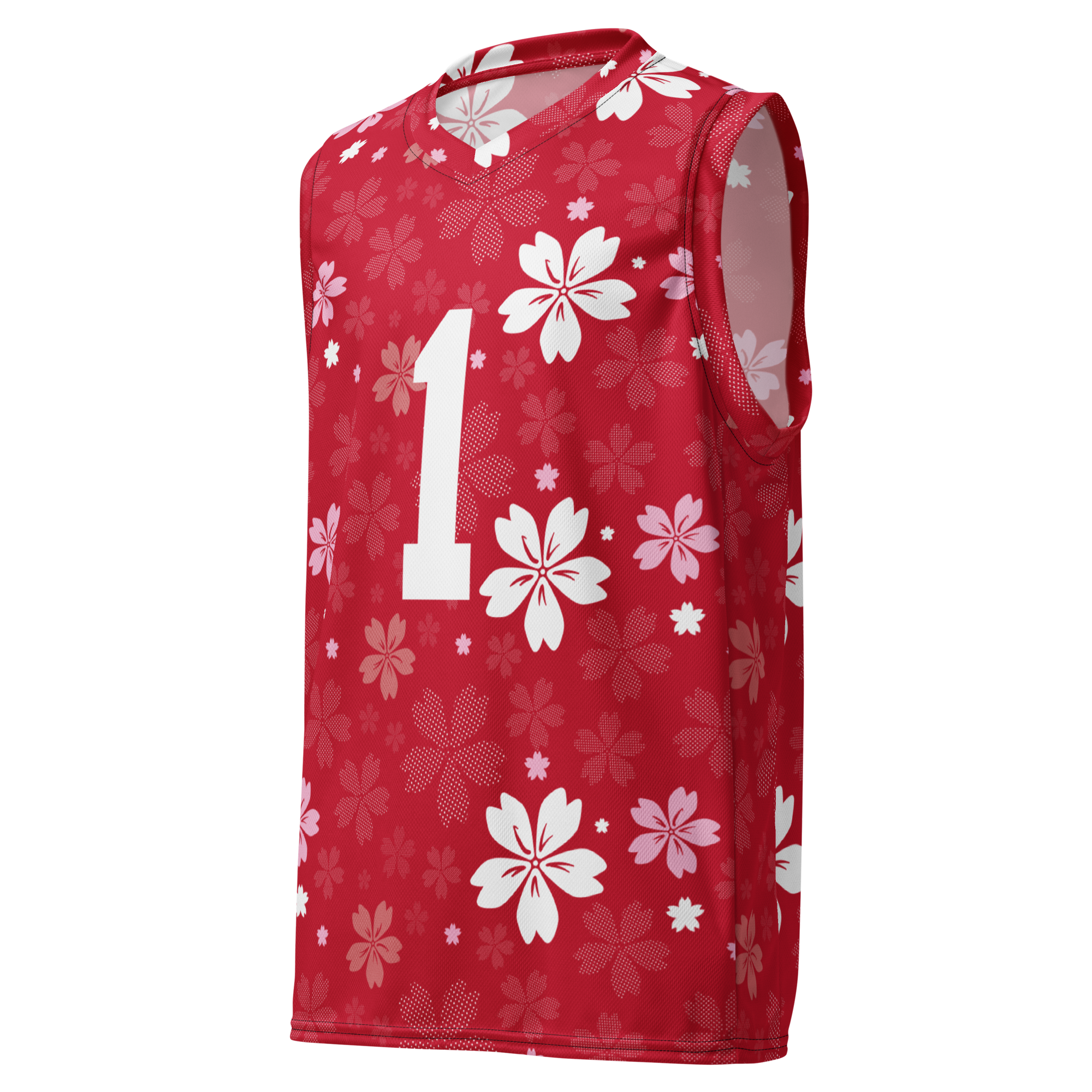
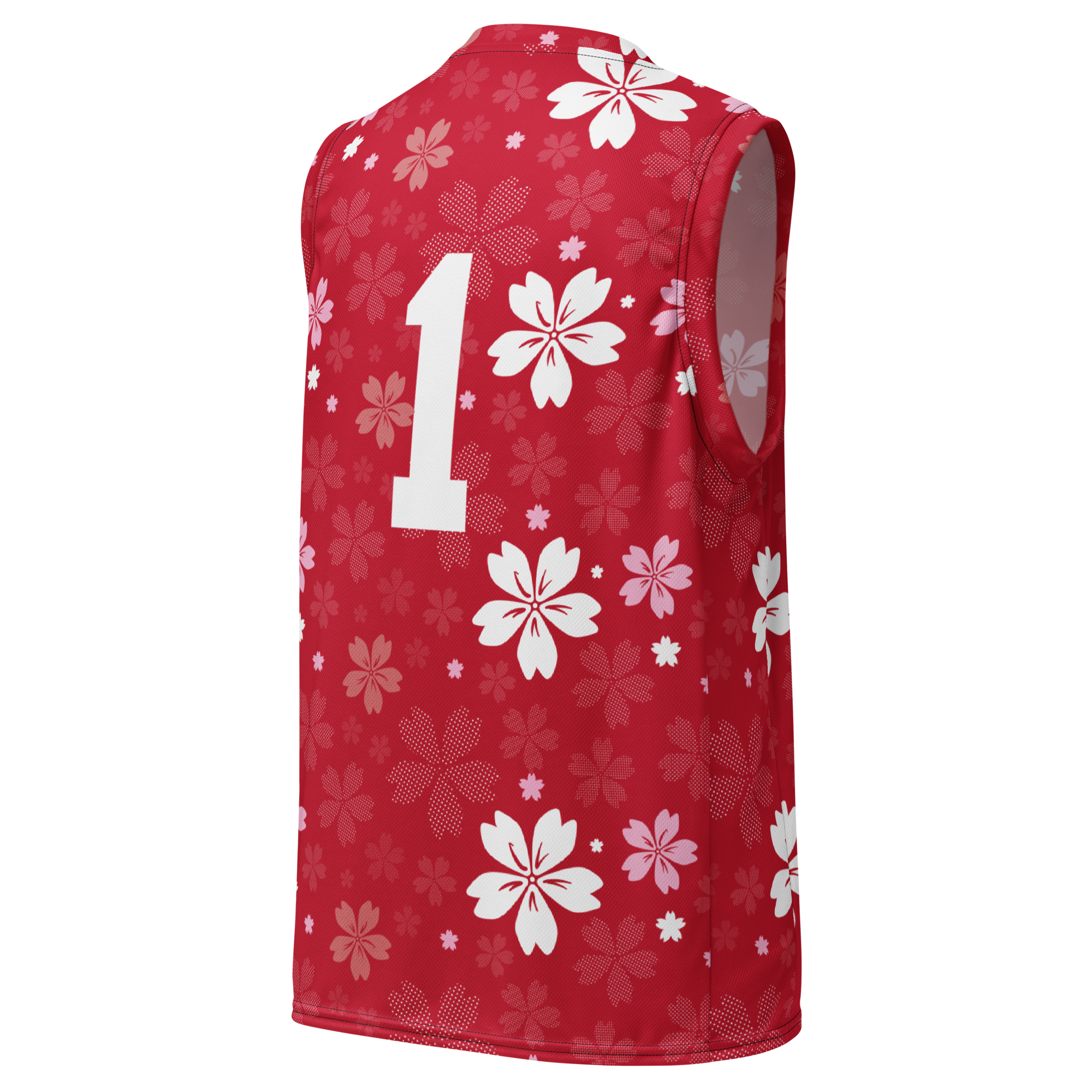








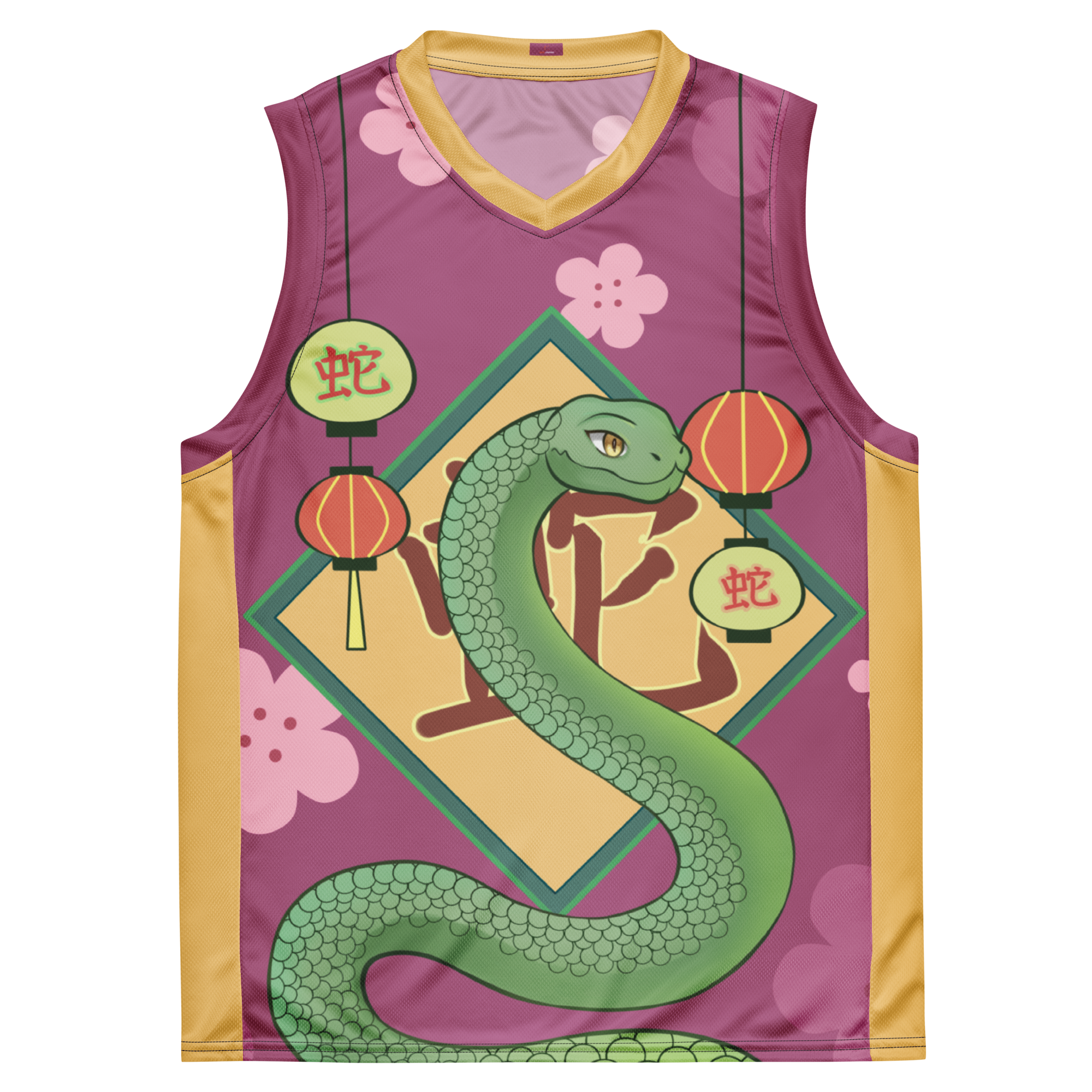
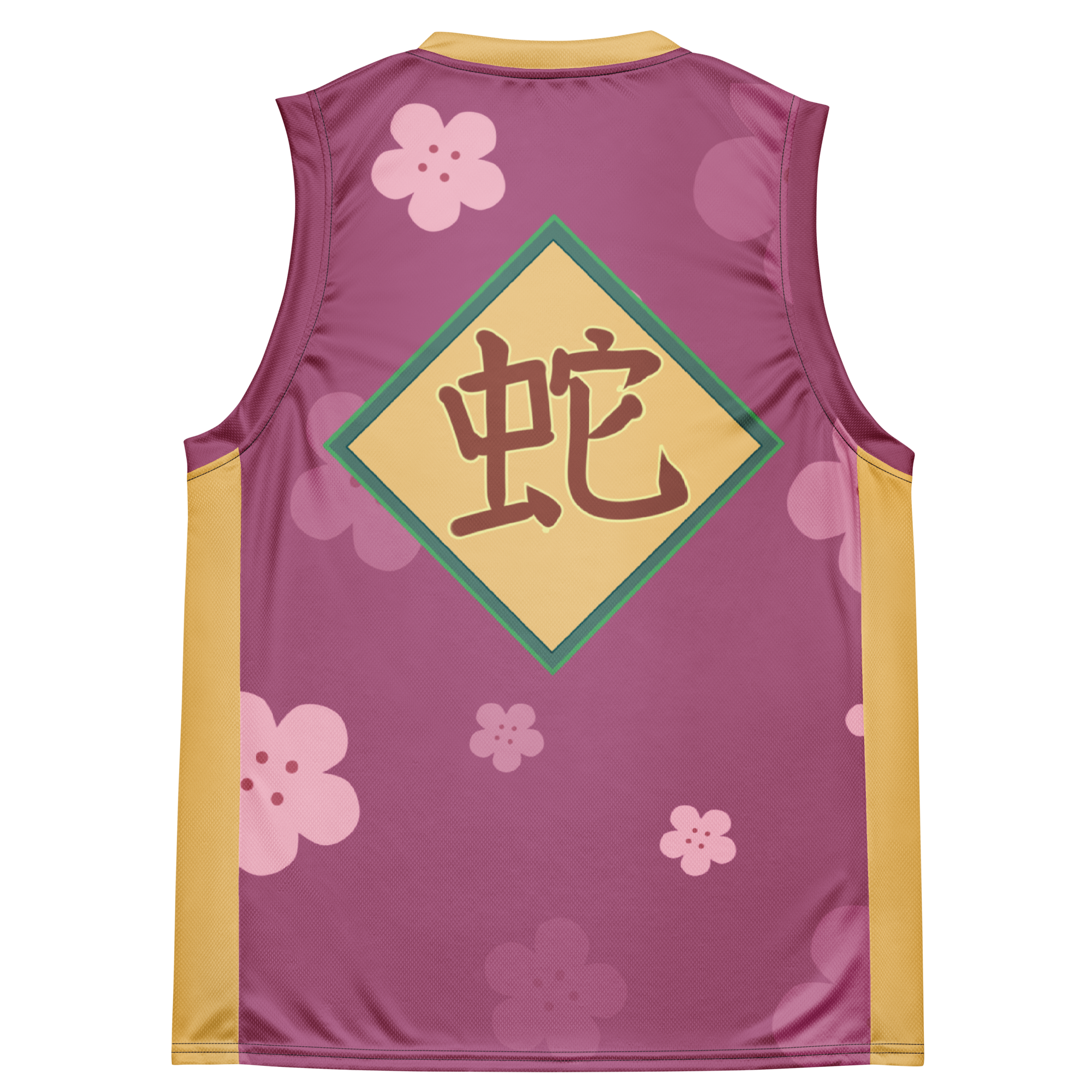
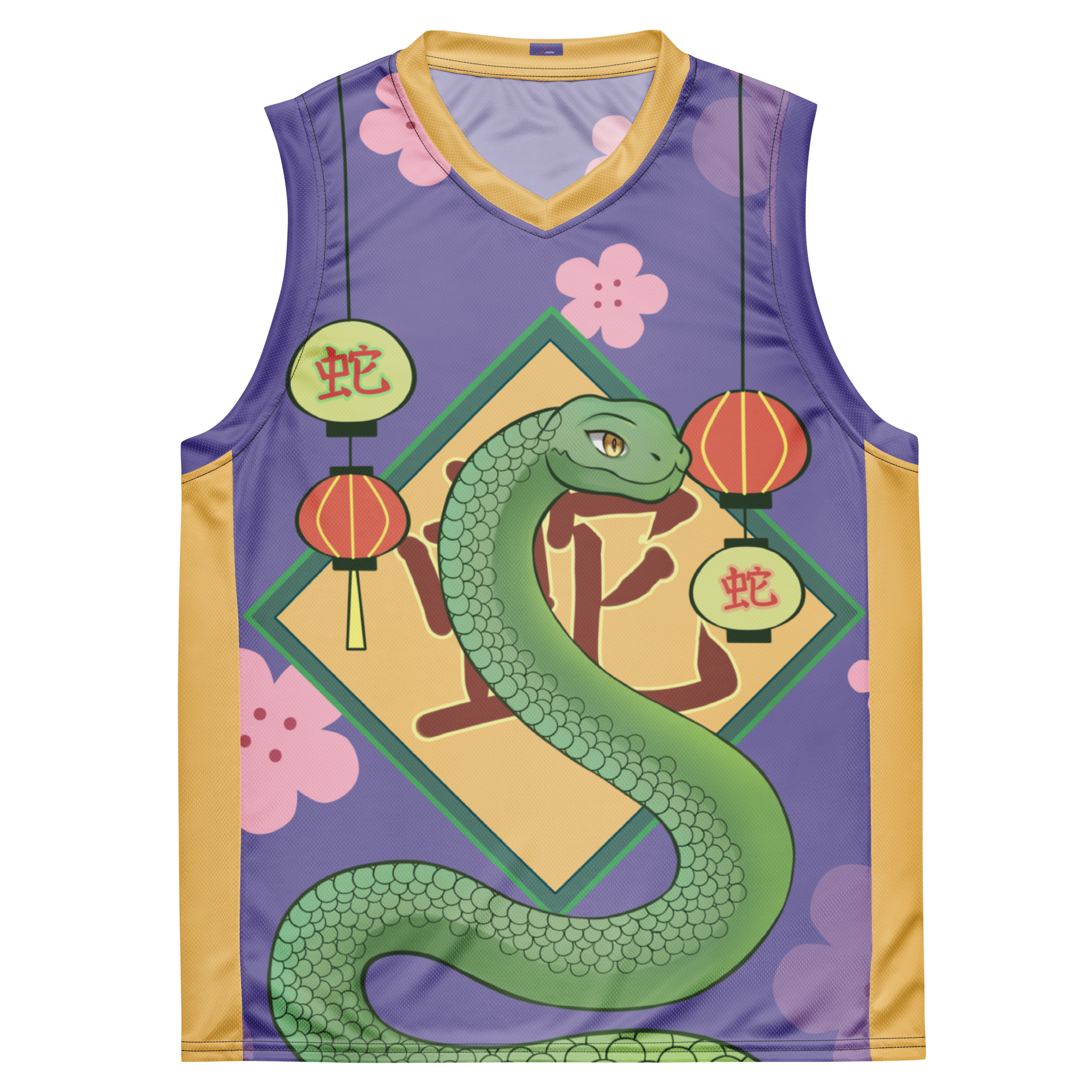
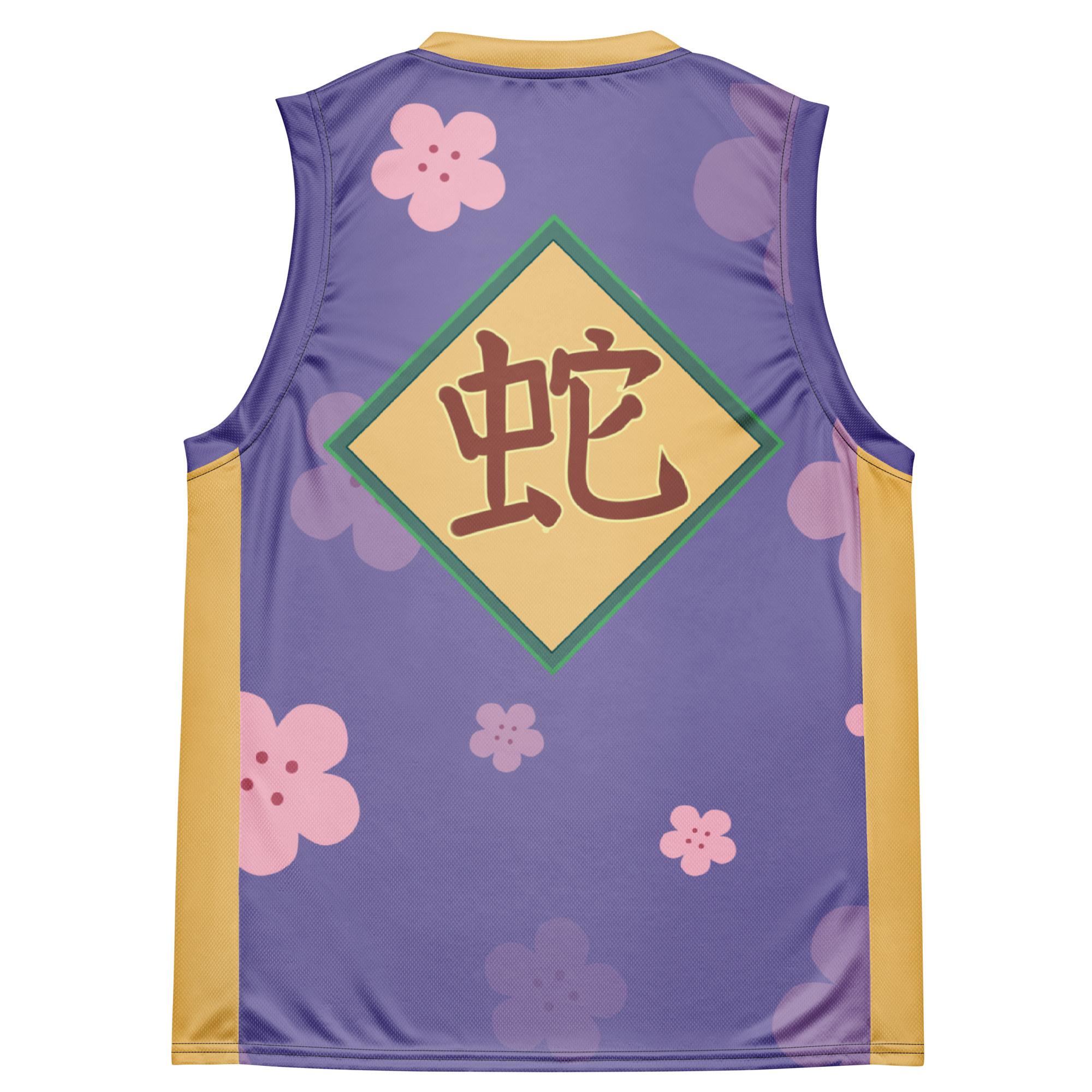
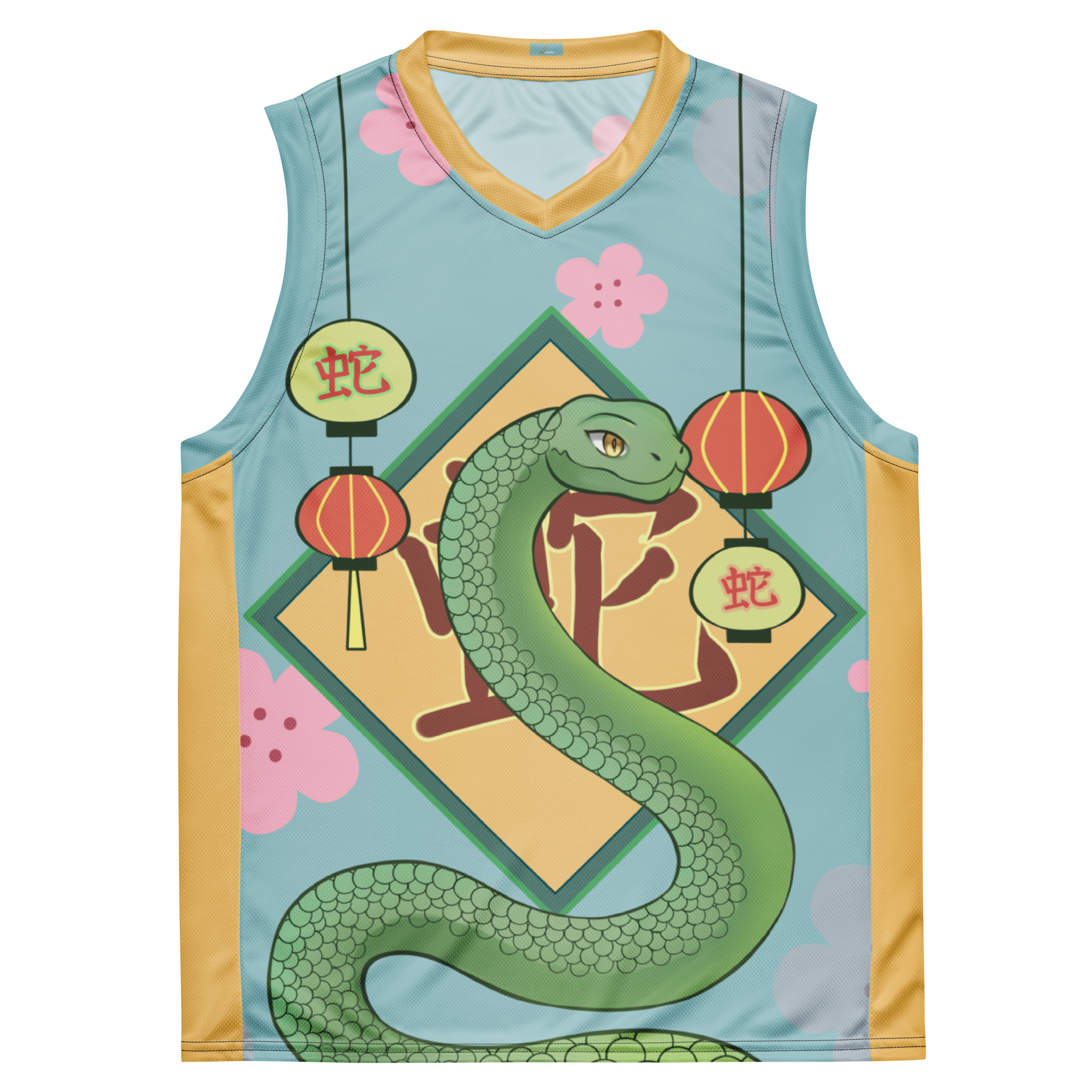
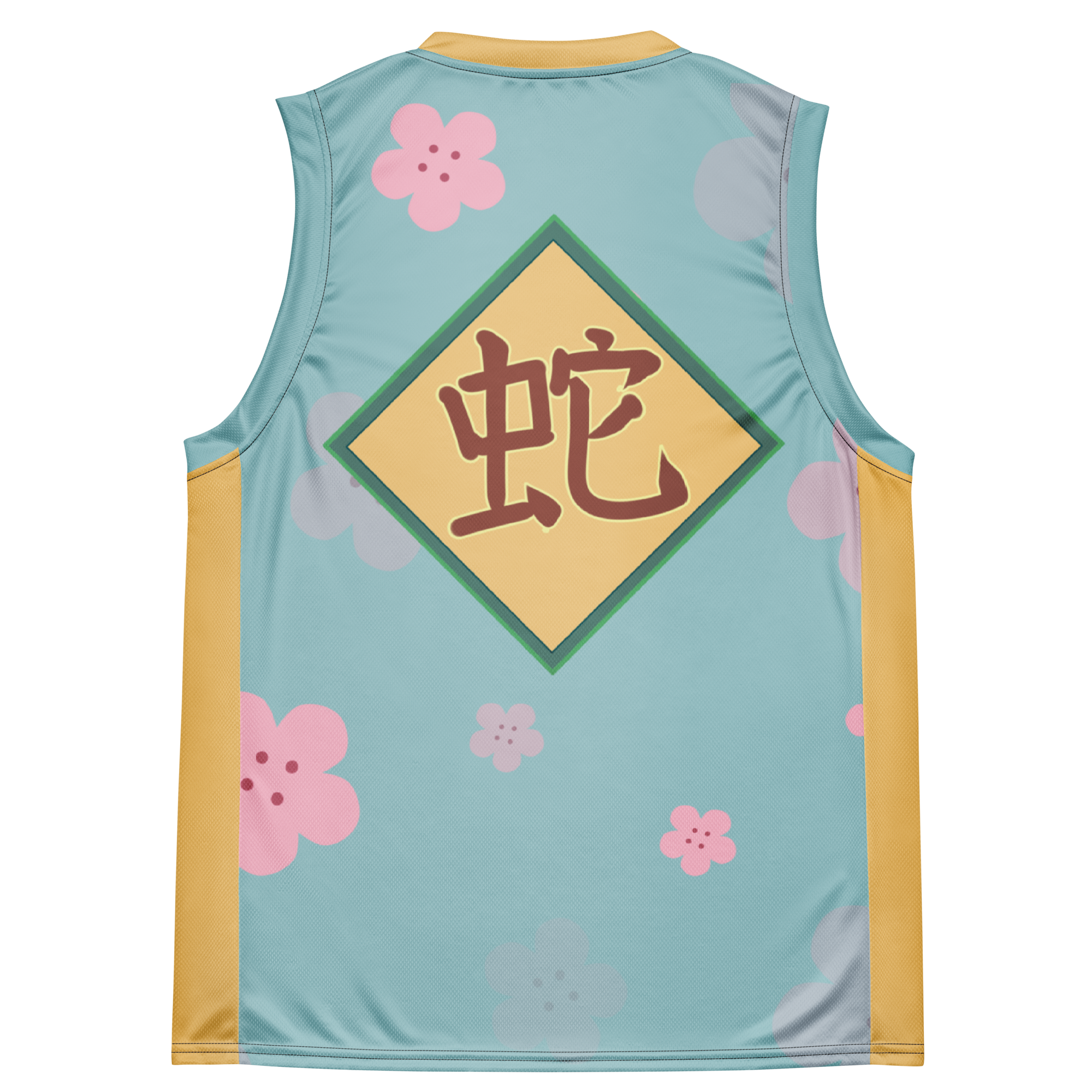
















Dejar un comentario